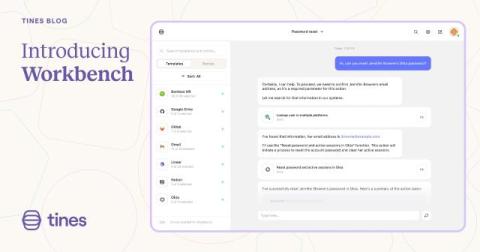Tines named a Leader and Outperformer in the GigaOm Radar Report for SOAR
We’re excited to share that Tines has been named a Leader and Outperformer in GigaOm’s Radar Report for Security Orchestration, Automation and Response (SOAR). We were the only vendor to secure scores of 4 (superior) or 5 (exceptional) in all evaluated categories, including key features, emerging technologies, and critical business criteria. Tines also earned Outperformer status based on our high rate of delivery in the last year, high release cadence, and strong roadmap for the upcoming year.











